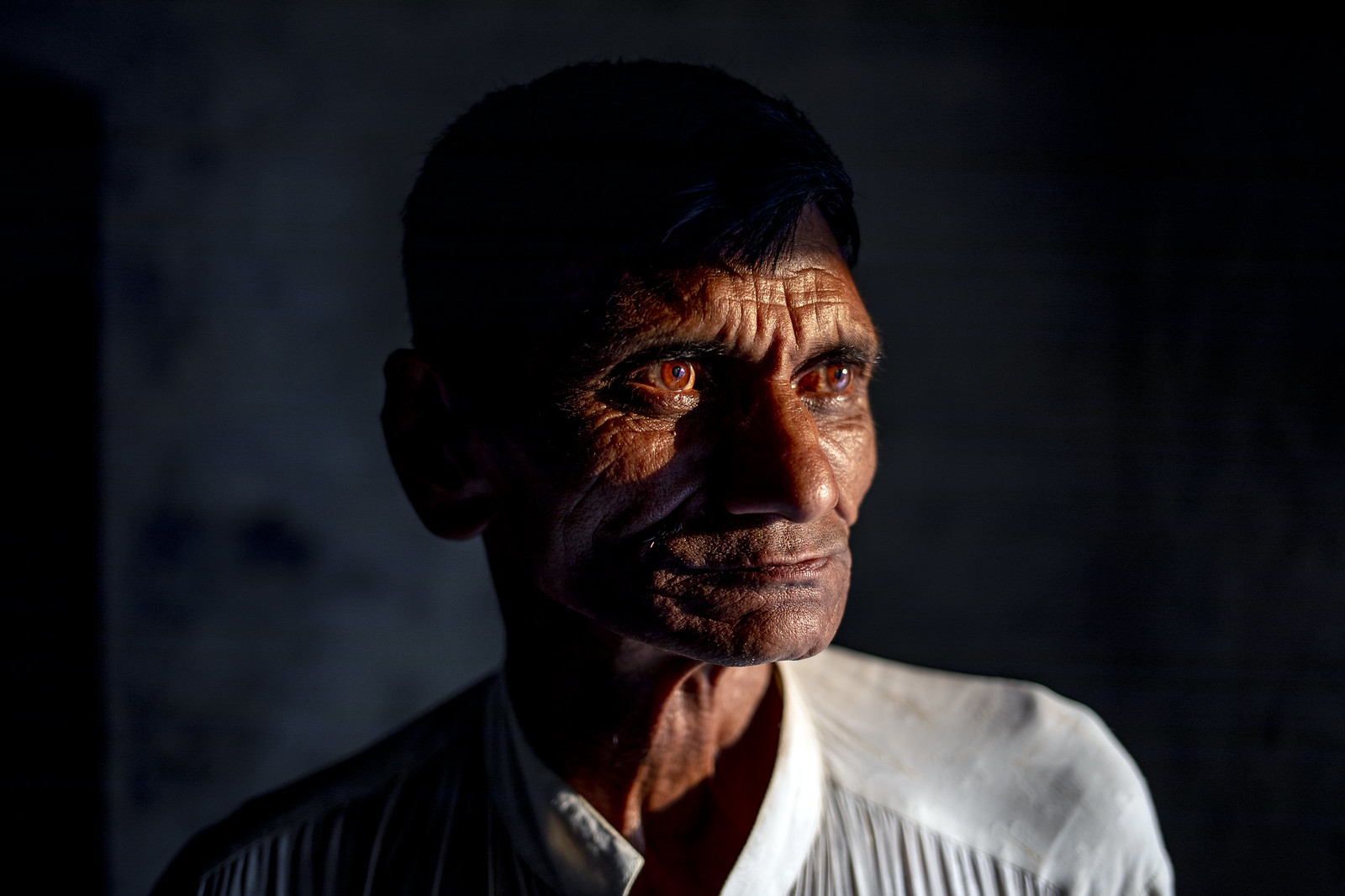
Photography is a profound art form that goes beyond simply capturing what the eye sees; it embodies the power to freeze fleeting moments, preserve memories, and reveal the unseen depths of our world. The essence of photography lies in its ability to convey emotions, tell stories, and transform the ordinary into the extraordinary. A single photograph can evoke memories, stir emotions, or inspire change, bridging the gap between past and present, between observer and subject. Photography allows us to experience the world from countless perspectives, showing us the quiet beauty in the mundane or the intensity of life’s pivotal moments. It serves as a visual language that transcends cultural, linguistic, and generational barriers, inviting people from all walks of life to connect, empathize, and share in the collective human experience.

At its core, photography is not merely about technical skill or capturing aesthetically pleasing images; it’s about the photographer’s vision and intent. Each frame is a personal interpretation, a crafted perspective that reflects the photographer’s worldview. It involves noticing details others might overlook—light filtering through leaves, the texture of an old wall, or the candid expressions on people’s faces. The art of photography is in recognizing the potential in these everyday scenes, using a lens to frame them in a way that makes them timeless. Composition, lighting, color, and timing all come together to shape the narrative that each photo tells. But beyond composition and technique, there’s a sense of intuition, a feeling that guides the photographer to capture that split-second moment when all elements align perfectly, creating an image that speaks volumes.

Photography is a tool of storytelling, capturing the essence of a moment in ways words often cannot. It has the unique ability to document history and give voice to untold stories. Photographs from the past serve as powerful reminders of where we’ve come from, shaping our understanding of history and culture. Iconic images, like those from pivotal moments in history or those depicting social injustices, have fueled movements, inspired change, and reminded us of the resilience and vulnerability of humanity. These images give permanence to moments that would otherwise be lost, allowing future generations to witness the world as it once was, complete with its triumphs, struggles, and transformations. This storytelling power of photography is what has made it an indispensable part of journalism, social documentation, and personal memory.

In a deeply personal sense, photography allows individuals to preserve their own memories and experiences, creating a tangible connection to moments and emotions they hold dear. Family photos, travel snapshots, portraits of loved ones—each image becomes a window to the past, a reminder of who we were and what we valued at that time. The act of taking photos is also a way of participating in the moment, of celebrating life by capturing its beauty, unpredictability, and authenticity. Through photography, people create visual diaries that remind them of life’s journey and growth. These personal collections become cherished artifacts, passed down through generations, giving family members glimpses into each other’s lives and legacies.

Photographers, whether amateurs or professionals, also act as observers of society. They often have a unique vantage point, capturing the diversity of human experiences and the subtle nuances of cultures, traditions, and lifestyles. By photographing different communities, landscapes, and ways of life, photographers help foster understanding and appreciation for the world’s diversity. Each photograph is an invitation to learn, understand, and appreciate a part of life that might be foreign to us, enriching our perspective and empathy. This is especially significant in today’s interconnected world, where images from different corners of the globe are accessible instantly, allowing people to explore cultures, struggles, and celebrations they might otherwise never encounter.

The essence of photography also lies in its artistic and creative potential. For many, photography is a form of self-expression, a way to channel emotions, ideas, and imagination into a visual form. Experimental techniques, abstract compositions, or unconventional subjects allow photographers to push the boundaries of the medium and challenge viewers to see the world differently. Just like painters or writers, photographers use their craft to express their inner worlds, reflecting their dreams, fears, joys, and philosophies. This creative aspect makes photography a powerful tool for art, one that can inspire, provoke, and move audiences, sometimes with just a single image.

In the digital age, photography has become even more accessible, with millions of people using their smartphones to document their lives, surroundings, and interests daily. This democratization of photography has created a vast visual tapestry of human experience, where people from all walks of life contribute their perspectives, helping build a collective memory. Social media platforms have turned photography into a shared language, one that allows people to connect instantly and share experiences with the world. This accessibility also raises questions about the nature of photography, authenticity, and the influence of editing and filters on the perception of reality. While these advancements have made photography more accessible, they have also challenged traditional notions of photography as art, sparking debates about originality, privacy, and the value of an image in the age of digital saturation.

Ultimately, photography is a celebration of life in all its forms. Whether it’s a breathtaking landscape, a candid street scene, an intimate portrait, or an abstract composition, photography captures the world’s beauty, complexity, and rawness. It is a mirror reflecting not only what we see but also what we feel, believe, and hope for. Photography’s power lies in its universality, its ability to evoke emotions and memories, and its timelessness. It is an art form that requires both technical skill and emotional insight, where the photographer’s eye, mind, and heart work in harmony to capture the extraordinary within the ordinary.

Through photography, we can pause and appreciate the intricacies of our world, experiencing it through the lens of another and, in doing so, perhaps seeing it with new eyes.
